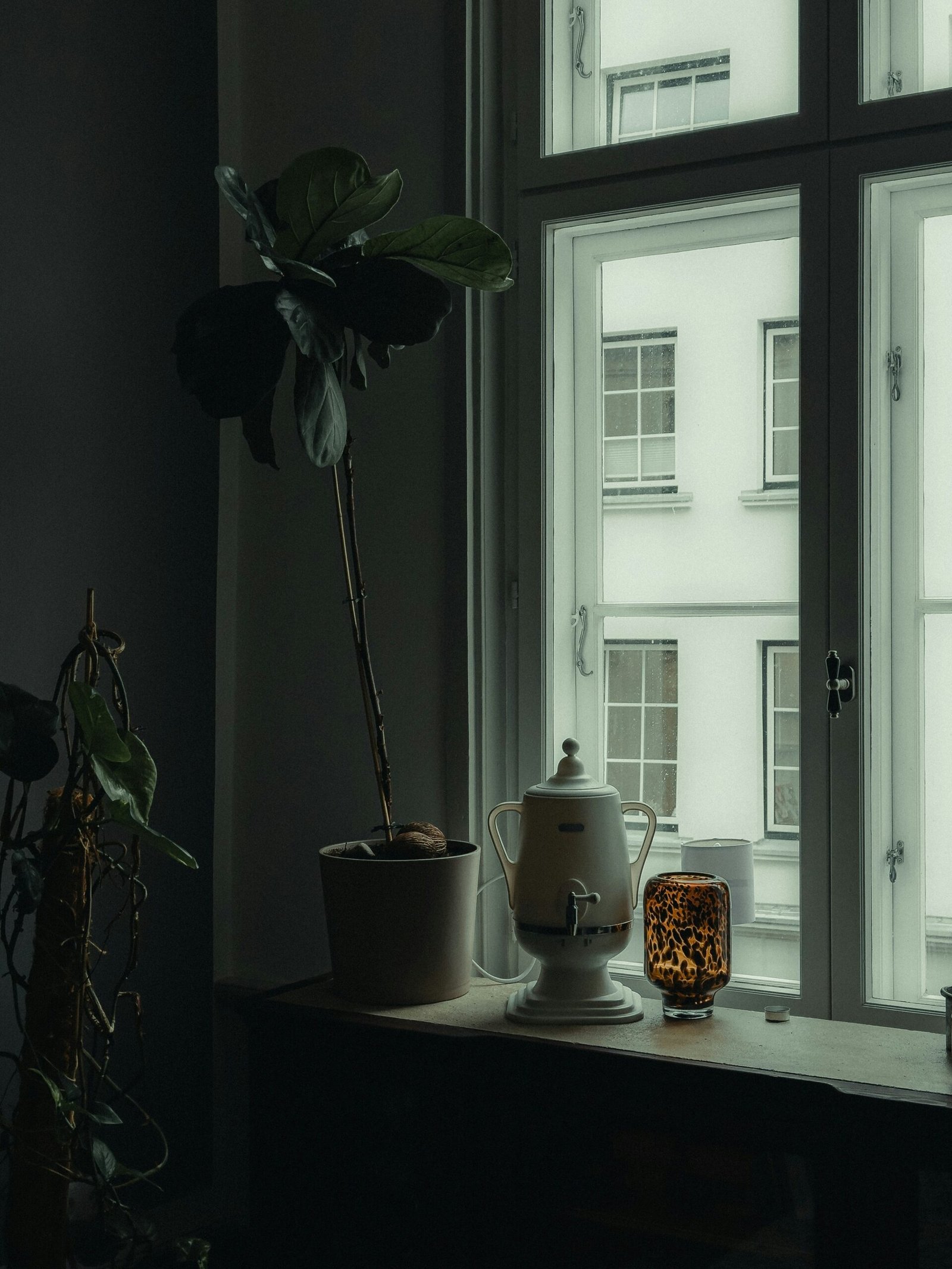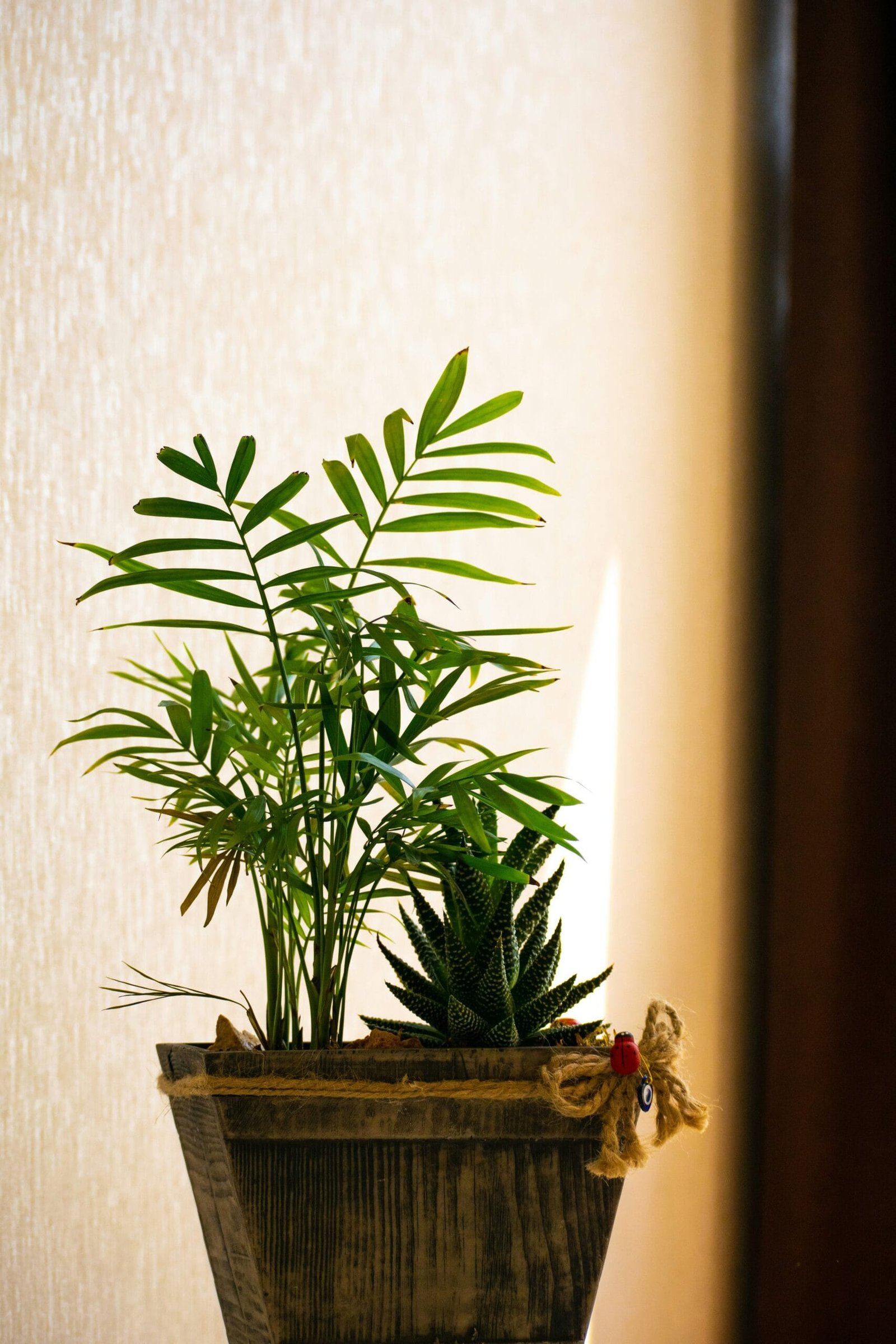Explore the significant role windowsills play in interior design. Learn how to choose the right materials and styles, practical tips for decoration, and DIY projects to enhance the aesthetic and functional quality of your windowsills. From minimalist and industrial styles to rustic and classic options, discover how to make your windowsills a standout feature.
Windowsills as Significant Design Element
Windowsills often stand as subtle yet significant design elements within any home. While they may sometimes be overlooked during decorating and renovating projects, their influence on interior design is substantial. A well-designed windowsill enhances the penetration of natural light into a room, providing a seamless transition between the indoors and the outdoors while simultaneously adding to the visual appeal. Positioned at the intersection of windows and walls, windowsills can significantly influence the overall ambiance and aesthetic of any interior space.

Natural light is a critical factor in interior design, and windowsills play a vital role in optimizing its flow. By reflecting light deeper into the room, they help create a brighter and more inviting atmosphere. Furthermore, a creatively designed windowsill can serve as a focal point, drawing attention to the beauty of both the window itself and the view beyond. The aesthetic value added by well-chosen materials and finishes can transform an ordinary window into a standout feature.
Please, read our post and do not forget to check our YouTube channel “Grig Stamate”:
https://www.youtube.com/@GrigStamate
You will find there, thousands of designing, furnishing, and decorating ideas for your home interior and outdoors.
Allow me to mention one of them:
House Tours, #24 – Small Family Homes with Stylish and Trendy Interiors (video)
The historical significance of windowsill designs is another aspect worth noting. Traditional architectural styles often featured ornate and meticulously crafted windowsills that reflected the building’s overall design ethos. Over the centuries, the evolution of windowsill styles has paralleled broader trends in architectural design. From the classical elegance of Victorian windowsills to the sleek minimalism of contemporary designs, these elements have continuously adapted, offering a blend of functionality and aestheticism unique to each period and style.
In addition to their aesthetic contributions, windowsills provide practical benefits. They can house a wide range of decorative items, from potted plants and picture frames to candles and books, thus personalizing the space. Moreover, windowsills also serve as convenient spots for casual storage or seating, particularly in snug, cozy spaces like reading nooks.
Recognizing the critical role windowsills play is essential for any comprehensive approach to interior design. Far more than mere ledges, they are fundamental in shaping the atmosphere of a room, influencing both light dynamics and visual harmony. Through thoughtful design and strategic use, windowsills can elevate the aesthetic and functional quality of any home, underscoring the importance of this often-underestimated feature.
Materials and Styles for Trendy Windowsills
Choosing the right material and style for your windowsills is essential in enhancing your home’s aesthetic appeal. With a myriad of options available, it is important to understand the unique characteristics, benefits, and potential downsides of each material, as well as current design trends that can complement your home’s décor.
Wood is a timeless choice, known for its natural warmth and versatility. It can be painted or stained to match any interior design. However, wood windowsills can be susceptible to moisture damage if not properly sealed and maintained.
Stone, such as granite or marble, offers a luxurious and durable option. These materials are not only resistant to scratches and heat but also provide a distinctive look. The downside is that stone can be a more expensive option and may require professional installation due to its weight and complexity.
Composite materials combine the benefits of natural and synthetic elements, providing a cost-effective and durable solution. They can mimic the appearance of wood or stone while offering greater resistance to moisture and wear. However, the quality of composites can vary, so it is important to select a reputable brand.
Metal, including options like aluminum and stainless steel, is gaining popularity for its industrial and modern appeal. Metal windowsills are extremely durable and easy to clean, although they can feel cold or impersonal in some home settings.
When it comes to styles, the following trends are currently prominent:
Minimalist: Clean lines and simple designs define minimalist windowsills. This style often features materials like composite or metal and focuses on functionality and subtle elegance.
Rustic: Incorporating natural, weathered materials like reclaimed wood or stone, rustic windowsills add a touch of countryside charm and warmth to any space.
Industrial: Characterized by a combination of metal and raw materials, industrial windowsills complement loft-style or modern urban interiors.
Classic: Timeless and elegant, classic windowsills often utilize stone or stained wood, enhancing traditional home interiors with their rich, elaborate details.
In selecting the perfect windowsill material and style, it is important to consider factors such as durability, maintenance, and how well the choice will integrate with your existing interior design. By doing so, you can ensure your windowsills not only enhance your home’s aesthetic appeal but also provide lasting functionality.
Practical Tips for Designing and Decorating Windowsills
Designing and decorating windowsills can significantly elevate the aesthetic appeal of your home. The first step involves taking proper measurements to ensure that any décor or functional items you plan to place align well with the available space. Accurate measurements are crucial to avoid overcrowding and to maintain a harmonious balance between function and style.
When conceptualizing your windowsill design, it is important to consider the room’s function and the size of the window. A windowsill in a kitchen may serve both decorative and practical purposes, such as holding herb plants or small jars of spices. Conversely, a windowsill in a living room may be better suited for displaying ornaments, picture frames, or small sculptures. The size of the window will also play a crucial role in your design choices, impacting the quantity and size of items you can comfortably place.
Integrating your windowsill into the overall design scheme of the room is vital. For a cohesive look, match the décor elements on your windowsill with the room’s existing color palette, textures, and theme. For example, in a minimalist room, opt for understated decor pieces like monochromatic vases or streamlined candles. In a more eclectic space, you might experiment with layering various textures and hues, such as vibrant cushions or patterned vessels.
Plants are excellent for enhancing windowsill aesthetics. They add a touch of nature and freshness to any room. Consider varying the height and type of plants for a dynamic look. Adding ornaments, such as small statues or artistic figurines, can also contribute to the visual interest. Books are another versatile option; stack them horizontally for a casual feel or display them vertically within bookends for a more formal arrangement.
Lighting plays a crucial role in ensuring your windowsill display remains the focal point, even after dark. Incorporating fairy lights, small lamps, or candles can create a cozy and inviting atmosphere. Strategically placed lighting can also highlight specific decor elements, adding depth and dimension to the overall arrangement.
Finally, don’t forget to refresh your windowsill decor with seasonal touches. In the spring, you might opt for pastel-colored flowers and cheerful ornaments. During autumn, incorporate warm hues and natural elements like pinecones and fall leaves. Consistently updating your windowsill decorations will keep the space feeling vibrant and in tune with the seasons.
DIY Windowsill Projects and Maintenance Tips
Transforming your home’s interior can be as simple as enhancing your windowsills. With a bit of creativity and handiwork, you can tackle various DIY windowsill projects that fit your style and budget. Here’s a guide to get you started on some basic to advanced projects, along with essential maintenance tips to ensure longevity and appeal.
For beginners, a straightforward project is refurbishing an existing windowsill. Start by sanding down any rough edges and removing old paint or sealant. Follow up with a fresh coat of paint or stain that complements your décor. Advanced DIYers can install a new windowsill. Begin by measuring the width and depth of your window frame. Cut a piece of wood to fit these dimensions, sand it, and finish it with paint or sealant. Attach the new windowsill using wood glue and nails, ensuring it is level and securely in place.
When selecting materials for your windowsill, consider factors like durability and aesthetics. Wood is a classic choice but may require more maintenance. Laminate and PVC offer low-maintenance alternatives, although they may not have the same timeless appeal. Stone and tile options bring a luxurious feel but can be more challenging to install.
Proper maintenance is key to extending the life of your stylish windowsills. Regular cleaning with a mild detergent and a soft cloth will keep your windowsills looking their best. For wood windowsills, periodic sealing is crucial to protect against moisture and UV damage. Apply a waterproof sealant at least once a year. In case of minor damages like scratches or chips, wood filler or touch-up paint can provide a quick fix.
Maintaining windowsills made of other materials involves specific care routines. For stone and tile windowsills, avoid abrasive cleaners that can damage the surface. Instead, use a stone-safe or non-abrasive cleaner. PVC and laminate windowsills can be cleaned with a simple soap and water solution, ensuring they remain free from grime and discoloration.
Address common issues such as water damage promptly by checking caulking around windows and resealing as needed. Fading, especially in sun-exposed areas, can be mitigated by using UV-protective sealants. By following these tips and techniques, you can ensure that your windowsills remain stylish and functional for years to come.
Other related posts from our website:
https://howtobuildahouseblog.com/cottage-core-embracing-simplicity-and-coziness-as-a-lifestyle/
https://howtobuildahouseblog.com/bring-life-into-your-kitchen-with-plants/
https://howtobuildahouseblog.com/40-new-apartment-design-ideas-elegance-in-simplicity-8/
Thank you so much for your attention.
Stay tuned. We will upload many other amazing posts to our website and videos onto our YouTube channel.
Thank you so much.
for your time and attention.
Best Regards
See you to another post,
Bye, Bye



No Responses